Understanding CDMA-DSSS Communication System with BER Measurement
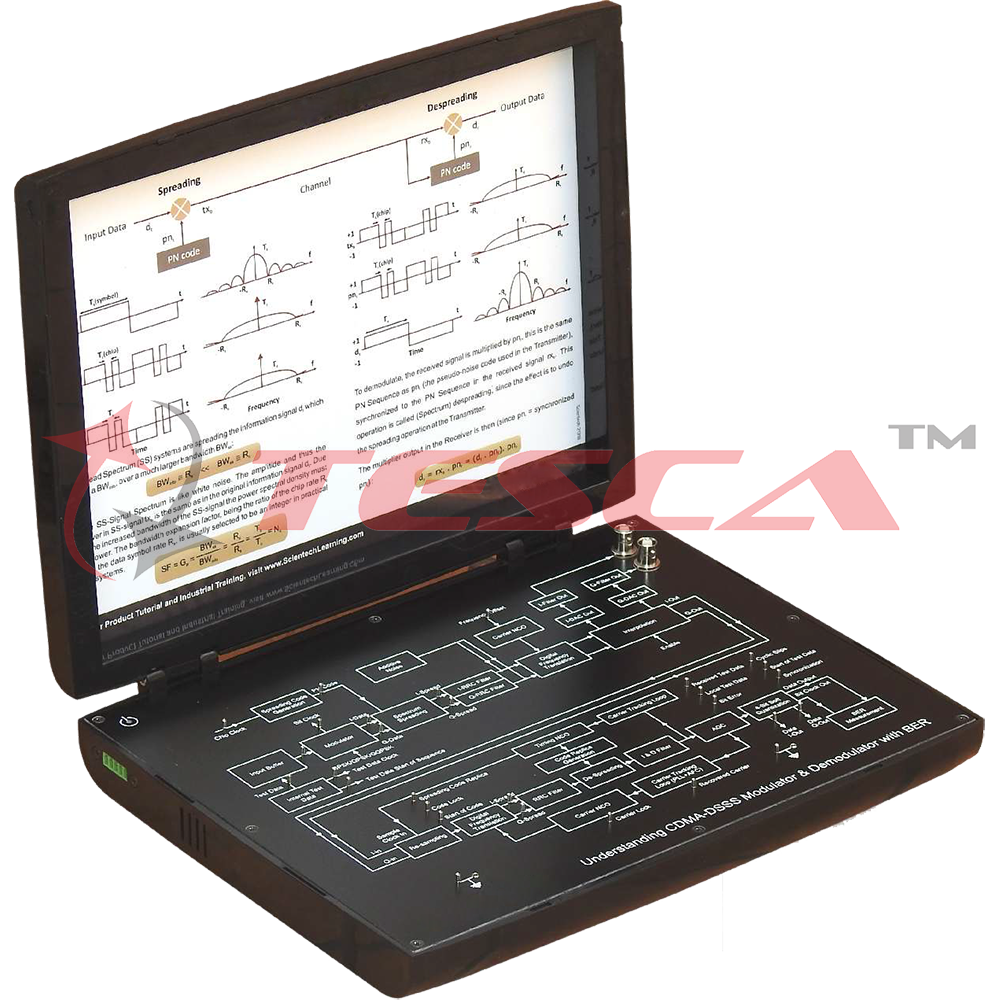
Order Code: 40704
Category: Communication Trainers
The Wireless mobile communication systems provide access to the capabilities of the global network at any time, irrespective of the location or mobility of the user. The Direct Sequence Spread Spectrum (DS-SS) technique, incorporated into CDMA can ac...
SPECIFICATION
The Wireless mobile communication systems provide access to the capabilities of the global network at any time, irrespective of the location or mobility of the user. The Direct Sequence Spread Spectrum (DS-SS) technique, incorporated into CDMA can accommodate large number of users in one radio channel depending on the voice activity level. This feature also provides immunity to jamming signals and enables resolution of multi-path components in a time dispersive radio propagation channel.
Spread Spectrum is a type of modulation that spreads data transmission across available frequency band, in excess of minimum bandwidth required to send the information. Spreading makes Signal resistive to noise and other interference. Spread Spectrum is commonly used with personal communication devices such as cell phones and LAN's. Spread Spectrum has many unique properties that cannot be found in other techniques like the ability to eliminate or alleviate multi-path interference, communication privacy due to unknown random codes, multi user handling capacity over a single frequency, and low power Spectral density since Signal is spread over a large frequency band.
40704 provide a detailed understanding of the concepts behind CDMA-DSSS, and various points that need to be considered in the design of a Direct Sequence Spread Spectrum System. They include generation of various pseudorandom (PN) codes like Gold, MLS & Barker with user selectable tappings, variable Chip rate, and baseband modulations BPSK, QPSK, OQPSK & Digital AWGN noise with Root Raised Cosine filter (RRC) FIR low pass filter. Bit Error Rate (BER) measurement with known data sequence, overall data rate dependency parameters, spreading & despreading with DSSS, SNR control, offset control & so on can be performed on 40704.
Features
- A complete CDMA-Direct Sequence Spread-Spectrum (DSSS) system
- Customized real-time software
- Analysis in Digital time, Analog time, and Frequency domain
- Separate CDMA-DSSS Modulator and Demodulator for higher learning
- More than 25 nos. of test point
- On-board BNC connector for Analog I-Q signal analysis
- Software based variable Chip rate up to maximum 10Mchip/s
- User selectable different types of Gold code
- User selectable different types of Maximum Length Sequences
- User selectable different types of Barker code
- User can design his own Gold / MLS code. I-Q Spreaded Signals QPSK Constellation RF Spectrum of Spread Spectrum without Filter RF Spectrum of Spread Spectrum with Filter QPSK Constellation with Doppler QPSK Constellation with Noise
- Time and Frequency domain analysis and measurement of baseband BPSK, QPSK and OQPSK Modulation with output spectral shaping I-Q filter.
- Built-in I & Q channel root-raised Cosine filter for spectral shaping.
- Built-in Digital Data Generator
- Built-in additive White gaussian noise (AWGN) Generator for analysis of noise gain effect on the Signal
- Built-in Frequency offset (Doppler) Generator for analysis of frequency offset effect on the Signal
- Measurement of BER with internal data which is being transmitted
- Measurement of BER with different SNR
Object
- Analysis of relation between Bit rate, Symbol rate and Chip rate.
- Generation of different Barker codes and Gold codes with different length and study their characteristics.
- Generation of different types of maximum length sequence with different length and study their characteristics.
- Analysis of processing gain Gp with the ratio of transmitted bandwidth to the information bandwidth.
- Time and Frequency domain analysis of root raised Cosine filter with variable Chip rate
- Time and Frequency domain analysis of complete CDMADirect Sequence Spread Spectrum modulator with variable Chip rate, PN code, BPSK, QPSK, and OQPSK baseband modulation and with & without spectral shaping filter.
- Study and analysis of BPSK, QPSK, and OQPSK constellation with or without spectral shaping filter.
- Study of frequency offset i.e. Doppler effect as an impairment using QPSK baseband modulation.
- CDMA-Direct Sequence Spread Spectrum modulator and demodulator complete system study. Analysis and monitoring different signals at various test points of modulator and demodulator
- Bit Error Rate (BER) measurement of CDMA-DSSS complete system using different signal gain and noise gain i.e. SNR and plotting graph between SNR and BER.
Technical Specifications
- CDMA-Direct Sequence Spread-Spectrum (DSSS) Modulator, Demodulator
- Software programmable chip rates up to maximum 10 Mchips/s
- Spreading codes :Gold sequences (up to 2 -1 chips)
- Maximal length sequences (maximum length 2 -1 chip)
- Barker codes (length 11, 13)
- Baseband Modulation : BPSK / QPSK / OQPSK with output spectral shaping
- Spectral shaping filter : Root-raised Cosine square root filter
- Internal generation of pseudo-random bit stream and unmodulated carrier for test purposes
- I & Q Channel DAC-10 bit@ Sampling rate 125 MSPS max.
- Anti aliasing low pass filter with 3dB bandwidth of I & Q channel filter: Sallen Key 6-pole Butterworth with cut-off frequency 13MHz
- Built-in Additive White Gaussian Noise Generator
- Built-in Frequency offset (Doppler) Generator
- Sequential code search
- Extensive monitoring : Receiver lock, Carrier frequency error, code lock, synchronization etc.
- Mains Supply : 110-220 V AC ±10%, 50/60Hz
- Operating Conditions : 0-40 C, 80% RH
- Weight : 2 Kgs. approximately
Included items
- 40704 kit : 1 no.
- Power Supply : 1 no.
- Patch cord : 2 nos.
- Host to Device USB cable : 1 no.
- BNC to BNC : 2 nos.
- Power cord : 1 no.

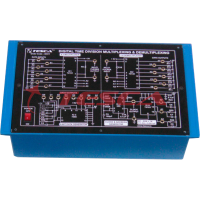
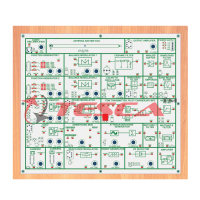
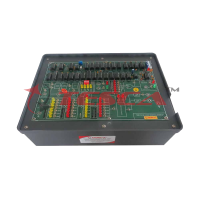
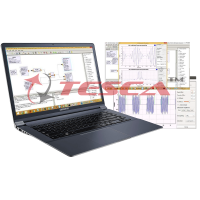
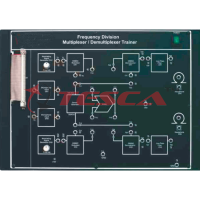
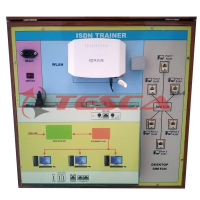
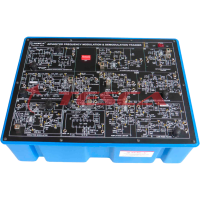
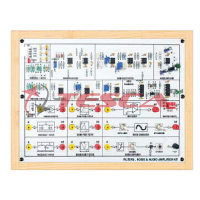
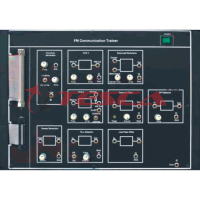

 91-9829132777
91-9829132777